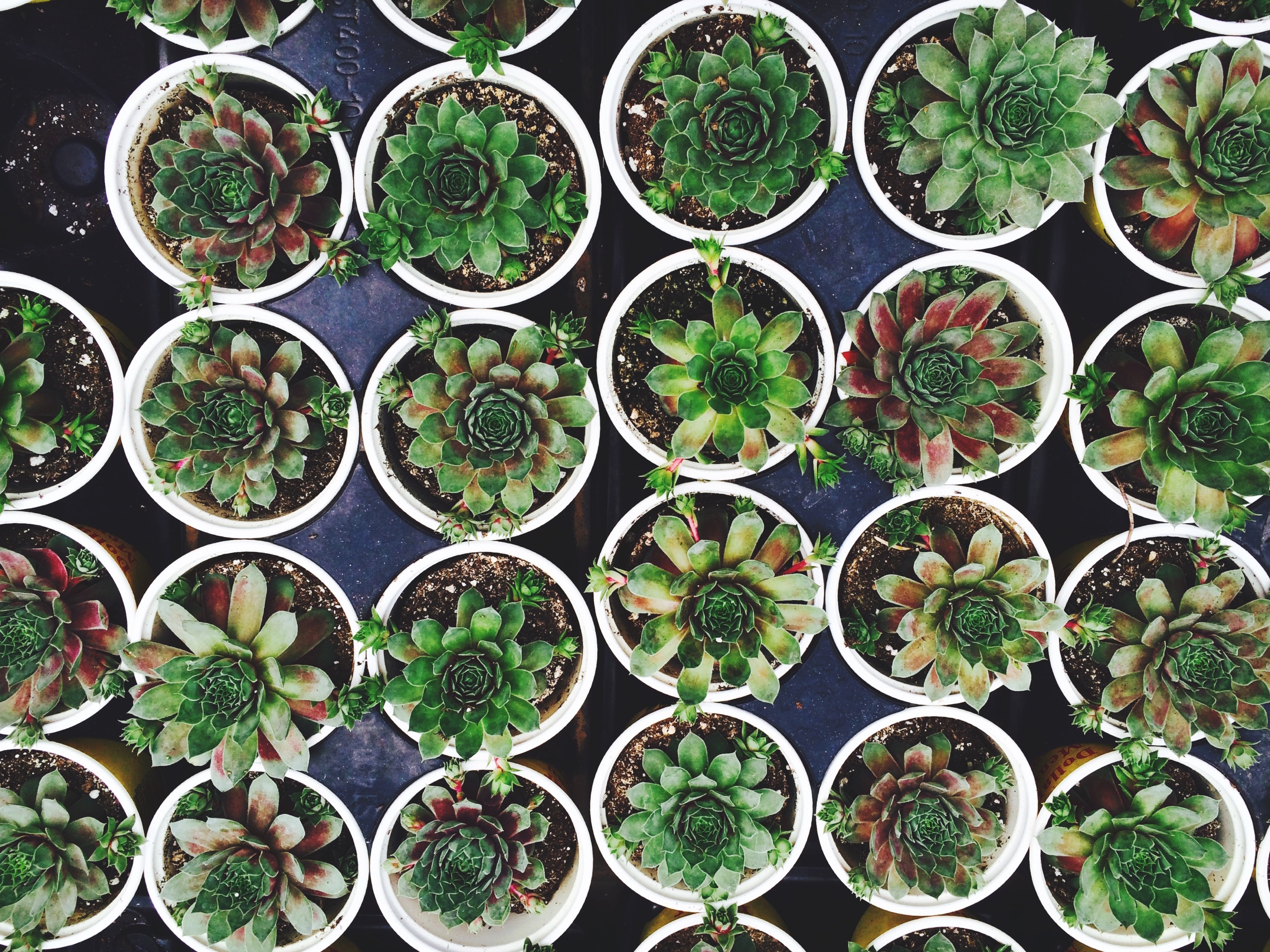
Houseplants are a vital part of our indoor environments. Commonly overlooked, and all too often killed by neglect, vacations, and marauding housecats, indoor plants provide valuable services by absorbing toxins, improving indoor air quality, and soothing the forest-loving inner primate in all of us. Let’s take a look at the far-flung origins of 8 common houseplants—and no, we don’t mean the grocery shop.
8. African Violet

African violets (Saintpaulia spp.) are native to cloud forests in the Eastern Arc Mountains of Tanzania and southern Kenya. First discovered by Europeans in 1892, African violets were collected by the Baron von Saint Paul, a German imperial district official, who shipped them back to the Royal Botanical Gardens. European botanists quickly recognized their value as durable, perpetually flowering plants—qualities that have made violets among the world’s most popular houseplants ever since.
7. Heartleaf Philodendron

Native to tropical South America, Central America and the islands of the Caribbean, the heartleaf philodendron (Philodendron hederaceum) was first described by an Austrian botanist in 1829. This species of tropical vine has become a popular houseplant across the globe, mainly due to its capacity to thrive on neglect.
6. Red-Edged Dracaena

The red-edged dracaena (Dracaena marginata), sometimes called the dragon tree, is native to the island of Madagascar. A 1989 NASA study revealed that red-edged dracaenas are one of the most effective houseplants for improving indoor air quality, as they efficiently filter multiple toxins from the home environment.
5. Peace Lily

Peace lilies (Spathiphyllum cochlearispathum) are evergreen herbaceous plants native to southern Mexico. A common resident of windowless offices and basement apartments everywhere, this species has one of the lowest light requirements of any houseplant. Cat owners beware, however, all parts of the peace lily are poisonous to your feline companion—with the potential to cause kidney failure and seizures.
4. Jade Plant

The jade plant (Crassula ovata) is one of the most recognisable houseplants in the world, due to its woody grey stems and thick succulent leaves. Native to ‘Albany thicket’ habitats in South Africa and Mozambique, the species was first described by English botanists in 1768, and has been cultivated as a houseplant for more than a century. Jade plant owners are likely familiar with this plant’s frequent habit of dropping branches and leaves—a tactic it employs in the wild as a method of asexual reproduction.
3. Moth Orchid
While the orchids found in grocery shops the world over are usually complex hybrids of several species, their wild ancestors (such as Phaleanopsis amabilis) hail from the tropical rainforests of Indonesia, Brunei, Papua New Guinea, and northern Queensland, Australia. First described in 1750, these orchids have been in cultivation for more than two centuries, and are prized for their long lasting flowers and tolerance of low light conditions.
2. Spider Plant

Spider plants (Chlorophytum comosum) are named for their habit of producing new plantlets on the tips of long arching stems, which resemble spider legs. Native to Sub-Saharan Africa, this species was first described in 1794, and has since become one of the most widely cultivated plants on Earth.
1. Fiddle-leaf Fig

The Fiddle-leaf fig (Ficus lyrata) hails from lowland tropical rainforests in West Africa. First described in 1894, this dramatic indoor tree species has been seriously trending in recent years, becoming a staple of hotel lobbies, apartment corners and interior design photo-shoots.
[geoip-content not_country=”CA”]
Fascinated by flora? Why not check out our selection of super plant-based programmes, now streaming on our app.
[/geoip-content]

